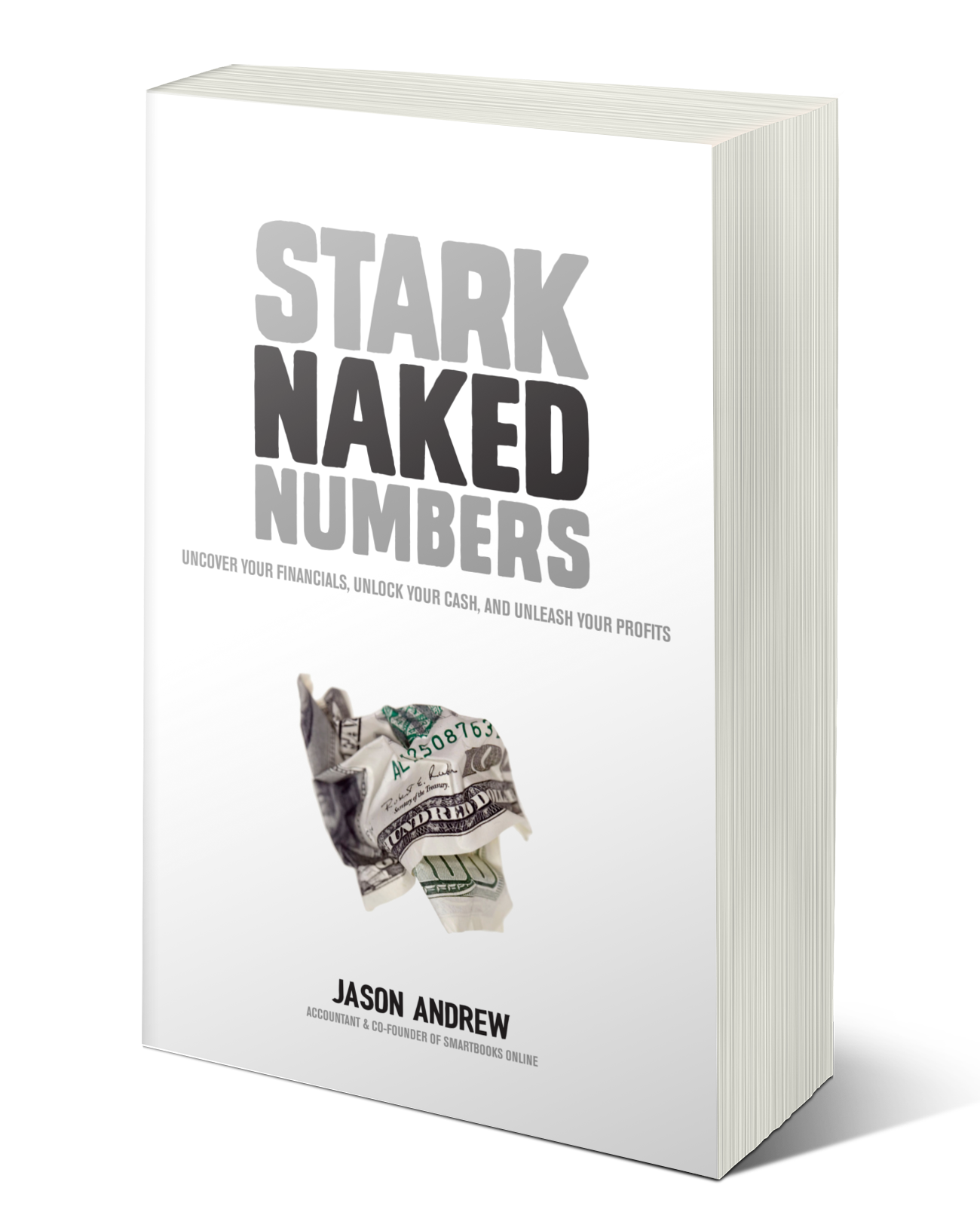When I drop in to my local bricks and mortar bookstore, I make a beeline for the ?business? section.
Perusing the shelves, there are always the familiar and classics like The Lean Startup, 7 Habits, Good to Great, The E-myth?I could go on. All brilliant books that instil timeless principles and serve as useful refreshers.
And then, there are the new titles. The up-and-coming titles that compete for your attention.
One of which I recently stumbled across was ?Profit First? by Mike Michalowicz.
It?s rare to find books on finance and accounting. This is understandable. Content outside of text books, prescribed for Universities would be too much of a gamble for publishers. It?s hard to make a best seller from subject matter that makes most snooze?
Michalowicz?s Profit First is not one of them. Profit First, is a book on budgeting, disguised as an ?accounting hack?. It?s cleverly delivered in a conversational tone, balanced with storytelling, analogies and behavioural psychology. A digestible read for time poor and information overloaded entrepreneurs.
I came across Profit First via a client of mine ? James Rose of Aktura Technology. James has a few things going on:
A website consultancy service;
A software development service;
An ?on-demand? website support service;
A software product called Chimp Rewriter;
A software product called Silver Siphon; and
A software product called Content Snare.
As I said, a few things?
James adopted the principles of Profit First about a year ago. We discovered this when we noticed a few dozen extra bank accounts being setup in his company Xero file. These bank accounts had odd titles:
Money IN
Tax
Owners Pay
Profit
Operational Expenses
In total, James had 14 active bank accounts in his Xero file. Enough to make his accountant and bookkeeper cringe?
After discovering these newly established accounts, I called James to tell him that is accounting bill was going to increase due to all the extra reconciling we had to do. That was a joke.
Rather, I was curious to understand what he was doing with those bank accounts, what they were designed to do.
The principle behind Profit First is to change the way that business owners think about their cashflow. It does this by flipping traditional accounting on its head.
The traditional method of accounting, as we all know is:
Sales ? Expenses = Profit.
Michalowicz?s methodology reverses this equation, educating entrepreneurs to ?put profit first?. The result:
Sales ? Profit = Expenses.
Ugh, but why? I?m not great at algebra, but the result is the same ? or is it?
Technically speaking, yes.
But Michalowicz argues this re-framing has psychological benefits. You see, traditional accounting wasn?t built for humans. It was designed for rational, number crunching, robots ? i.e Accountants.
Traditional accounting fails entrepreneurs, and humans alike.
Flipping the accounting equation on it?s head causes us to prioritise profit instead of ?taking what?s left?. This re-framing forces us to think differently about our spending habits.
An example Michalowicz uses is toothpaste. When you buy a new tube of toothpaste, one is generally liberal with the application of it. Big, fat generous gloops of minty freshness are applied to the brush, representing an obese caterpillar dressed in lycra. WTF?
When the brush is moistened under the tap, normally half of it falls down the drain.
But hey, who cares ? there?s plenty more where that came from!
Yet, when that toothpaste is almost on empty, our behaviours are quite the opposite. We work so hard to extract every little morsel of what?s left in the tube. We squeeze and wring with our fingers until we can extract a small blob ? a parcel of gold to be carefully applied to our toothbrush head.
In other words, we?re more frugal.
This is an example of Parkinson?s law, where:
?work expands to fill the time available to completion?.
If we are given 14 days to complete a project, it takes 14 days to complete. By contrast, if we are given one day to complete the same project, it only takes one day, with often better results. We surprise ourselves with how much can get done with a bit of pressure and hustle.
Michalowicz applies this methodology to your finances. Business owners will typically spend money and take whatever is left as their profit. By putting away your profit first, the rest of the money is budgeted for expenses. This forces you think deeply about every spending decision. It forces us to innovate by creating the same or better output, with less resources.
How is this done in practice?
The gist of this idea is that you take a minuscule percentage off the top line instead of the bottom line. Give some to yourself, put some in savings, put some in a rainy day fund.
The system simply involves transferring percentage allocations of your cash deposits into various bank accounts.
There is an entire training academy for bookkeepers and accountants to assist their clients with establishing a ?Profit First? routine. I?m not sure what that entails (it?s not exactly rocket science)?but below are a set of instructions based on my interpretation of the system, and dealings with my client James.
Step 1: Setup bank accounts
Work with your bank to set-up new bank accounts for your business. You can personalise the name of the accounts in your accounting system.
Profit ? Savings account
Owner?s Pay ? Savings account
Tax ? Savings account
Operating ? transaction account
Revenue ? transaction account
Ensure you have the proforma invoice templates setup in your accounting system so that all deposits from sales are deposited into the ?Revenue? account.
Step 2: Determine your TAP
This part is the most subjective piece of the system. The Target Allocation Percentages (TAP) is the formula the business owner should follow to allocate to income deposits to each spending account.
The amounts you put into each account are generally dictated by a lookup table based on your revenue.
Lookup table is available here ? look for the ?Instant Assessment? and see FIGURE 1 on Page 2.
This table is based on the USA tax system. Your percentages may vary depending on tax jurisdiction.
Click here for an Aussie excel template of the TAP system.
Step 3: Transfer moolah
Every fortnight, enter the total amount of deposited funds in ?Cell C5? of the spreadsheet, then transfer the $ value into each respective bank accounts. This is your cash budget for the period.
It?s important to be disciplined with your spending from each account, otherwise it defeats the purpose and you?ve just created a lot of admin with no benefit.
The bank accounts should be used as followed:
Profit account ? used to accumulate profit
Owner?s Pay ? used for payment of your wage
Tax ? used for payment of taxes
Operating ? used for payment of day-to-day running expenses
Revenue ? used for deposit of income only
Results?
I?ve not implemented Profit First in my own business (we have our own rational robot system) however James has nothing but great things to say about it.

Conclusion
From a technical perspective, I do see limitations in the system. Mainly ensuring the TAP % is reasonable and achievable. That being said, I do endorse it. Anything that helps people understand their finances is a win.
I should disclose that the Profit First system does not replace the need for accounting. It does not help you understand financial performance and the levers you can pull to improve. It?s purely for cashflow management.
I would recommend it to business owners and entrepreneurs that struggle to understand basic cashflow, accounting and lack discipline in their spending habits (i.e pretty much everyone).
This system extends beyond business budgeting and can be applied to your personal finances. Just swap the tax and profit accounts to a savings account and house deposit/investment account ? and you?re all set.
Further reading
If you?re interested in reading the full book, grab it here.
If you can?t be bothered with the full book, follow the above advice.
If you?re too lazy to do that, do this:
Setup at least two bank accounts
- The first account is for transactions ? revenue and day-to-day spending.
- The second account is to put money aside for Superannuation and taxes ? GST and PAYG. Each month transfer the current period liabilities to this account ? AND DON?T TOUCH IT. Budgeting for this will save you a tonne of stress come BAS time.
And if you?re too lazy to even do that? Contact me, we?ll sort you out.
Are you looking for a better way to get a handle on your finances?
Are you tired of BS accounting jargon from your CPA?
I wrote my very own accounting book, Stark Naked Numbers, to help entrepreneurs that start to ?out-grow? the Profit First system.
If that?s you, it might be for you.
 Stark Naked Numbers
Stark Naked Numbers
Stark Naked Numbers: Uncover Your Financials, Unlock Your Cashflow and Unleash Your Profits


